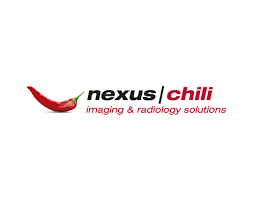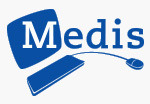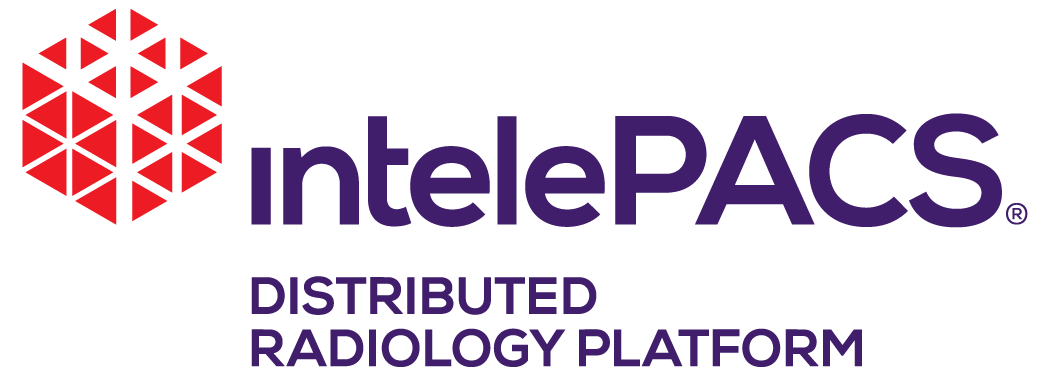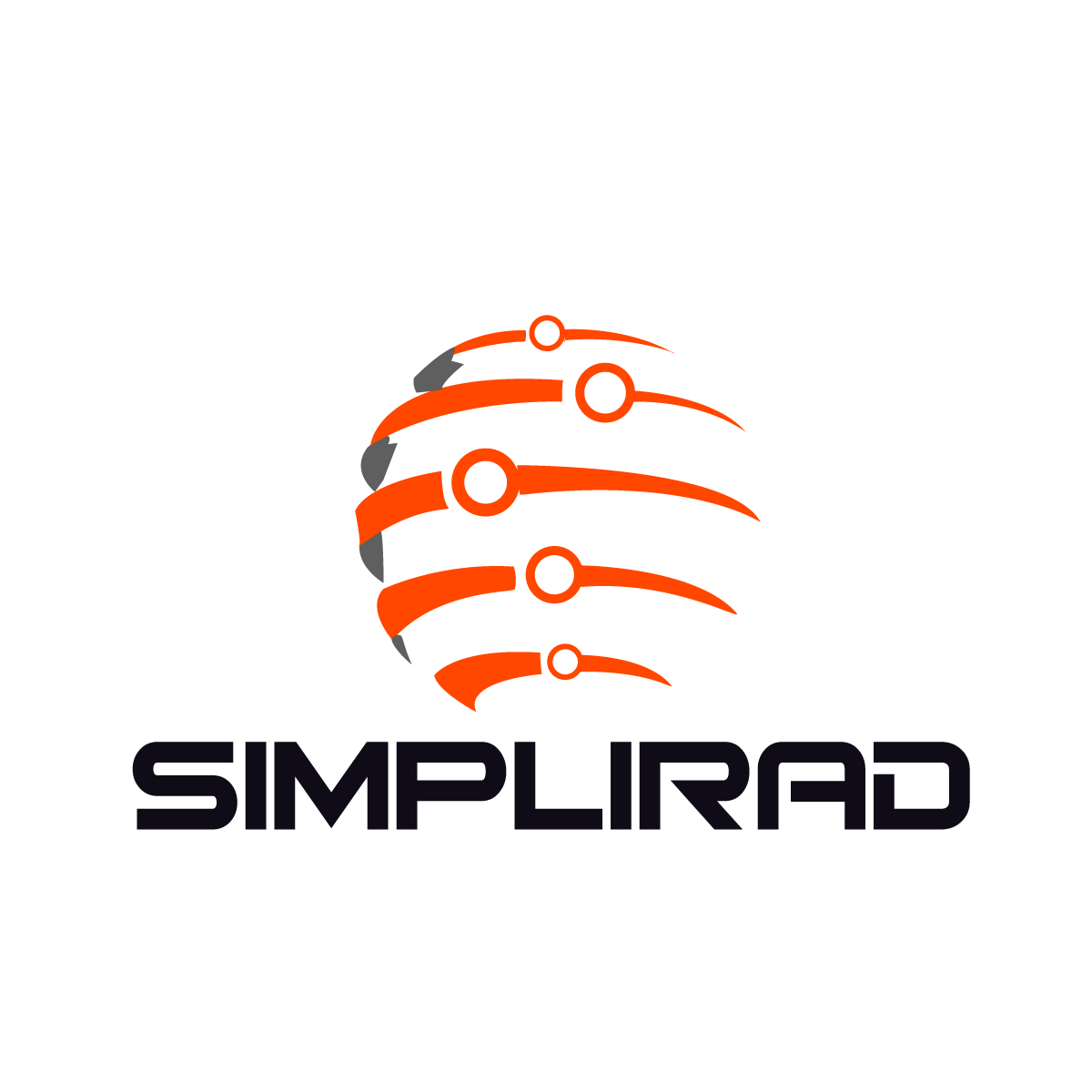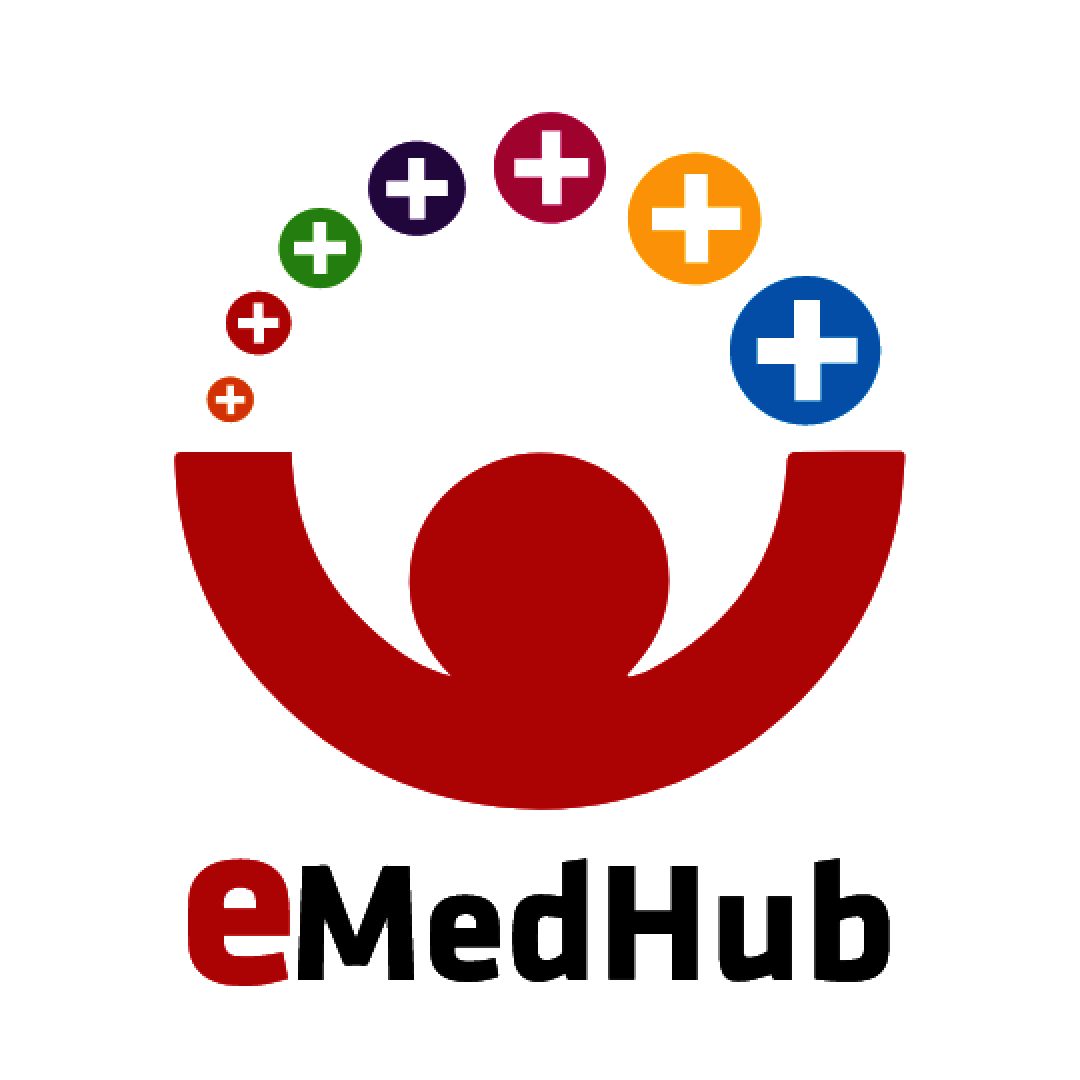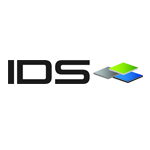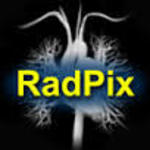Yes, most modern radiology software is designed to be accessible from a variety of devices and platforms, providing ease and flexibility. The program can be accessed on any device that has an internet connection and meets the minimum system requirements, including a computer, laptop, tablet, or smartphone. This enables healthcare personnel to access and review imaging findings from anywhere, improving patient care efficiency and convenience.
List of 20 Best Radiology Software
GALAXY RIS is a cloud-based Radiology Information System software. Created to streamline and optimize radiology operations in hospitals and healthcare facilities, GALAXY offers a simple and intuitive interface, enabling easy access from anywhere. Say...Read More GALAXY RIS
Collective Minds Radiology - an all-encompassing Medical Imaging Software designed for Enterprises, SMEs, and StartUps alike. This cutting-edge system is accessible on both the Web and Android platforms, providing a comprehensive solution for all you...Read More Collective Minds Radiology
Nova RIS is solution for managing workflow in your radiology department. Say goodbye to interruptions, errors, no-shows, and paperwork, and welcome increased productivity and efficiency. With Nova RIS, your team can easily handle the growing demands...Read More Nova RIS
LifeSys - a software solution that revolutionizes healthcare management. Our advanced features can be customized to fit your specific needs, ensuring seamless integration and round-the-clock support. Increase efficiency, productivity, and cost-effect...Read More LifeSys
NEXUS / CHILI is a Medical Imaging Software for Enterprises, SMEs, and StartUps. This all-inclusive solution is designed for Web App and Android users and offers advanced functionalities like Image Analytics and Workflow Management. Boost your produc...Read More NEXUS / CHILI
OmniOne is a software solution that transforms the way businesses operate. With its seamless integration, advanced analytics, and user-friendly interfaces, this versatile tool enhances productivity through automation, provides valuable real-time insi...Read More OmniOne
QAngio XA, an advanced imaging software that offers precise vascular analysis, a user-friendly interface, and effortless integration with existing systems. With real-time visualizations and comprehensive measurement tools, this software streamlines w...Read More QAngio XA
IntelePACS is a radiology solution ideal for hospitals, imaging centers, and teleradiology organizations. With a distributed platform, it allows for easy storage, retrieval, and routing of medical images. Its user-friendly interface simplifies comple...Read More IntelePACS
Simpliradâ„¢ is the radiology software utilizing AI technology. This cutting-edge cloud-based solution offers a comprehensive RIS PACS system, streamlining image and data management for radiologists and healthcare provide...Read More Simplirad
Lab Expert solution for streamlining pathology operations. Our advanced software offers features such as sample tracking, result analysis, and report generation to enhance efficiency and accuracy in your laboratory. Simplify diagnostic practices with...Read More Lab Expert
Innopath LIMS - an internationally recognized leader in laboratory informatics solutions. Our customized LIMS solutions have a proven track record of enhancing productivity and facilitating collaboration among various laboratory locations. Trust us t...Read More Innopath LIMS
MEDITICE - a cloud-based solution specifically designed for healthcare diagnostic imaging centers. With advanced features such as online appointment scheduling and workflow management, MEDITICE revolutionizes center operations, boosting productivity...Read More MEDITICE
eMedHub is a software company that provides cutting-edge solutions to support the growth of businesses in todays digital era. We utilize our vast expertise to assist businesses in enhancing efficiency, streamlining processes, and achieving their goal...Read More eMedHub
Conserus is a software solution for optimizing medical imaging workflows and promoting seamless collaboration among healthcare providers. With its intuitive interface, advanced data management capabilities, and seamless integration, Conserus empowers...Read More Conserus
A state-of-the-art RIS PACS solution is a combination of RIS and PACS capabilities. This advanced software streamlines yA radiology workflow, giving you easy access to both medical images and data. With enhanced accuracy and efficiency, A system elev...Read More RIS PACS
ThaiRIS is a application software that optimizes the radiology workflow and patient management in healthcare facilities. It is accessible through any web browser, offering convenience and adaptability. With its customizable functions, ThaiRIS can be...Read More ThaiRIS
Vitrea Core, a cloud-based software that revolutionizes the way medical data is managed. With advanced functions like image fusion, patient scheduling, and scanning input, Vitrea Core simplifies complex tasks for healthcare experts. Its scalable and...Read More Vitrea Core
AbbaDox Rad, the advanced radiology information system that seamlessly integrates into different healthcare environments. This comprehensive solution caters to the needs of various practices, including surgery, multispecialty, and ACOS. With cutting-...Read More AbbaDox Rad
RadPix is a radiology software that is perfect for any size organization. It seamlessly integrates with PACS and offers features like image fusion, input scanning, and patient scheduling to optimize tasks like educational presentations and documentat...Read More RadPix
the powerful Carestream RIS is a solution for managing clinical workflows in the healthcare industry. Streamline patient-centric operations with seamless integration of databases across different departments, vendors, and locations. Easily access and...Read More CARESTREAM RIS
Learn More About Radiology Software
- What Is Radiology Software?
- What Are The Recent Trends In Radiology Software?
- Benefits Of Using Radiology Software
- Important Factors To Consider While Purchasing Radiology Software?
- What Are The Key Features To Look For In Radiology Software?
- Why Do Businesses Need Radiology Software?
- How Much Time Is Required To Implement Radiology Software?
- What Is The Level Of Customization Available In Radiology Software?
- Which Industries Can Benefit The Most From Radiology Software?
- Conclusion
What Is Radiology Software?
Radiology software is a strong and necessary tool in the medical area, allowing healthcare practitioners to efficiently handle and interpret medical pictures. It is a digital system that assists radiologists, technicians, and other medical staff in obtaining, storing, and processing pictures from diagnostic procedures such as X-rays, ultrasounds, MRIs, and CT scans.
This program serves as a central hub for all imaging data, allowing users to obtain and understand patient information quickly and accurately. Radiology software's primary job is to improve and edit images in order to make more complete and exact diagnoses. With advanced capabilities like image stitching, noise reduction, and contrast enhancement, this program increases image quality, allowing radiologists to detect abnormalities and make accurate diagnoses.
Another critical feature of radiology software is the ability to manage and store vast volumes of medical pictures. Electronic storage allows healthcare providers to cut physical storage and filing costs while assuring patient data safety and security. Furthermore, this program enables easy sharing and collaboration among medical specialists, ensuring effective communication for accurate diagnosis and treatment planning.
In addition to picture processing and storage, radiology software includes a number of specialized tools and features designed for distinct imaging modalities. For example, some software has specialist features for mammography and dental imaging, making it easier for doctors to effectively read and analyze these sorts of scans.
Furthermore, radiology software is continually improving, with new technologies and features added to increase medical imaging efficiency and accuracy. This program uses machine learning and artificial intelligence to detect anomalies and provide quantitative data analysis, allowing clinicians to make better medical judgments.
Overall, radiology software is an essential investment for every healthcare facility, since it provides enhanced imaging capabilities, effective patient data administration, and specialized tools for certain imaging modalities. Its continual technological improvements make it a crucial instrument for providing high-quality, timely patient care.
What Are The Recent Trends In Radiology Software?
The incorporation of technology has resulted in considerable advancements in radiology, including the development of modern radiology software. These software solutions provide a variety of features aimed at increasing productivity, accuracy, and patient care in medical imaging. As technology advances, various themes are influencing the radiology software landscape.
Let's explore, we'll look at the latest trends in radiology software to help you make an informed decision when buying a solution for your practice or institution.
1. AI Integration: Artificial intelligence (AI) is making considerable progress in the medical field, and radiology is no exception. With the addition of AI, radiology software can assist radiologists in image processing and interpretation, resulting in enhanced diagnostic accuracy and faster reporting. AI-powered software can also assist in optimizing workflow and detecting potential problems, allowing radiologists to concentrate on crucial cases.
2. Cloud-Based Solutions: The advent of cloud computing has altered how radiology software is used and accessed. Cloud-based systems have various advantages, including remote access to images, scalability, and cost savings. With increased data storage and management requirements, cloud-based radiology software offers a more secure and effective method of storing and distributing medical pictures.
3. Sophisticated Visualization And 3D Imaging: Radiology software now contains sophisticated visualization tools and 3D imaging capabilities, allowing radiologists to see pictures in many dimensions with greater clarity. These qualities contribute to a better grasp of complex anatomy and increase diagnostic accuracy. Additionally, 3D photos and models can be utilized to educate patients and plan surgeries.
4. Mobile Compatibility: As mobile devices become more popular, radiology software allows users to access images and reports while on the road. This capability enables radiologists to access and review pictures from any location, increasing workflow efficiency and minimizing turnaround times.
5. Interoperability: Radiology software's capacity to communicate with other healthcare systems and equipment has become an important aspect in ensuring seamless data interchange. With correct connectivity, radiology software may directly receive and transfer images and reports to and from electronic health records (EHRs) and other hospital systems, minimizing the need for human data entry and reducing transcription mistakes.
Benefits Of Using Radiology Software
radiography software can help healthcare professionals expedite their radiography processes and improve patient care. This modern technology has various advantages, making it an indispensable tool for any medical facility that provides imaging services.
Here are the main benefits of using radiology software:
1. Enhanced efficiency And productivity: One of the key advantages of adopting radiology software is greater efficiency and productivity. This technology allows radiologists to access and share images, reports, and patient information in real time from any place. This eliminates the need for real film, lowering the danger of misplacement while also saving time obtaining and transporting photographs.
2. Improved Accuracy And Picture Quality: Radiology software uses advanced imaging algorithms and includes features like auto-correction and image enhancement, resulting in more accurate and high-quality images. This enables accurate diagnosis and identification of even the slightest abnormalities, resulting in improved patient care.
3. Improved Collaboration And Communication: Healthcare professionals must work together to diagnose and treat patients correctly. Radiology software facilitates the communication of pictures and reports among radiologists, referring physicians, and specialists. It also offers communication capabilities like instant messaging and secure texting, which allow for faster and more efficient collaboration.
4. Comprehensive Data Storage And Administration: Radiology software provides secure storage and management of patient data, such as images, reports, and other pertinent information. This eliminates the requirement for physical storage and makes patient data readily available for future reference or comparison.
5. Cost Reductions: Using radiology software can lead to significant cost savings for healthcare facilities. Facilities can save expenses and boost profits by eliminating film, storage, and transportation costs.
6. Improved Patient Experience: Radiology software can greatly improve the patient experience. Patients can benefit from features such as online appointment scheduling and remote access to photos and reports, making their experience more comfortable and hassle-free.
7. Compliance With Regulatory Standards: Radiology software is built to meet regulatory requirements, assuring patient data security and privacy. This not only safeguards patient information, but also allows healthcare facilities to avoid hefty penalties for noncompliance.
Important Factors To Consider While Purchasing Radiology Software?
When choosing radiography software, consider a few critical aspects to help you make the best option for your practice or facility.
Here are the key points to bear in mind when selecting radiography software:
1. Image Quality: The primary goal of radiology software is to accurately capture, preserve, and display medical images. Make sure the program you use produces high-quality photographs that are clear and easy to understand.
2. Compatibility: Radiology software should work with your current hardware and systems. This includes compatibility with your imaging device, operating system, and other software applications.
3. Ease Of Use: Simple software requires less training and has a shorter learning curve for your team. Look for software with a simple interface and user-friendly features.
4. Workflow Management: Radiology software can help you streamline and optimize your workflow operations. Look for tools like scheduling, image sharing, and automated reporting to help your practice run more efficiently.
5. Customization: Each radiology practice is unique, thus your software should be able to meet your exact requirements. Look for customization features that allow you to adjust the software to your specific workflow and reporting needs.
6. Protection: As with any medical software, data protection is essential. Look for software with advanced security features like encryption, user authentication, and scheduled backups.
7. Support And Training: Ensure that the software vendor provides consistent technical support and training for your personnel. This will ensure a seamless implementation and continued use of the product.
8. Cost: Although cost should not be the sole aspect in your decision, it is an essential one. Look for software with fair prices for the features and functionality you require.
What Are The Key Features To Look For In Radiology Software?
When looking for the best Radiology Software for your facility, there are numerous key factors to consider. These characteristics will have an impact on both the software's functionality and its capacity to expedite operations and improve patient care.
Considering these major aspects will assist you in making an informed selection and selecting the best Radiology Software for your requirements.
1. Image Viewing And Analysis Capabilities: The major role of Radiology Software is to accurately view and analyze medical pictures. As a result, it is critical to look for software that includes advanced image viewing features such as zoom, pan, and measurement tools. Look for software that includes advanced analytical tools, such as automatic density assessments or 3D reconstruction, to help with diagnosis and treatment planning.
2. Integration With the Electronic Health Records (EHR): In today's healthcare market, all medical software must be compatible with Electronic Health Records (EHR). When choosing Radiology Software, be sure it can work effectively with your facility's existing EHR. This will not only increase efficiency but also improve patient data management and accuracy.
3. HIPAA Compliance And Security: Radiology Software handles highly sensitive patient data, thus HIPAA compliance and security are major priorities. To protect patient information, look for software that has security features like user authentication, audit trails, and data encryption. To avoid potential legal concerns, use software that complies with all HIPAA criteria.
4. Customization And User-Friendly Interface: Every healthcare facility has distinct requirements and workflows. As a result, it is critical to select Radiology Software that can be adjusted to meet your individual requirements. Look for software that lets you customize user settings and workflow procedures. Furthermore, a user-friendly design will make it easier for employees to understand and utilize the software, increasing efficiency and reducing mistakes.
5. Technical Support And Training Options: Implementing new software can be difficult for any firm. That is why it is critical to select a Radiology Software vendor who provides technical support and training alternatives. This will assist your team in establishing a seamless operation and addressing any potential concerns that may develop.
Why Do Businesses Need Radiology Software?
In today's fast-paced, technology-driven world, organizations are continuously looking for methods to increase efficiency and operations. And for individuals in the healthcare profession, radiology software is becoming increasingly important. Radiology software is a specific form of medical imaging software that enables healthcare workers to store, manage, and analyze medical images such as X-rays, MRIs, and CT scans.
This program allows healthcare facilities to digitize and organize their picture data while also providing advanced functionality for image viewing, analysis, and interpretation. One of the main reasons why organizations require radiology software is that it simplifies the diagnostic procedure. The conventional approach of film-based X-rays required physicians to manually retrieve and view each film, which was time-consuming and prone to error.
However, radiology software allows images to be accessible instantaneously and studied in digital format, considerably reducing the time and effort required for diagnosis. Furthermore, radiology software facilitates collaboration among healthcare workers because pictures can be quickly shared and seen in real time. This is especially useful for firms with many locations or when consulting with specialists situated outside of the site.
Another compelling incentive to invest in radiology software is its capacity to enhance efficiency and productivity. Radiology software eliminates human labor and optimizes the image management process by providing capabilities such as automatic image stitching and image routing to the appropriate physician. This not only saves time, but also minimizes the likelihood of errors and increases overall efficiency.
Furthermore, radiology software includes advanced picture analysis and measurement tools, allowing physicians to more easily diagnose and track changes in a patient's condition. This is especially useful for following the progression of chronic illnesses or therapies. Finally, data security is extremely important in the healthcare industry.
Radiology software provides a safe storage solution for sensitive patient data, guaranteeing compliance with privacy rules like HIPAA. Furthermore, these software solutions frequently feature backups and disaster recovery plans, giving firms piece of mind.
How Much Time Is Required To Implement Radiology Software?
The deployment time for radiology software varies based on various factors, including the size of the practice, the product's complexity, and the level of training necessary. On average, a full implementation can take between 3-6 months. During this period, the software provider will work closely with the practice to install the software, migrate data, and customize it to meet the practice's specific needs and procedures.
To achieve a successful transition, the provider and practice must plan ahead of time and collaborate. The first phase in the implementation process is data migration, which entails moving existing patient data from the practice's current system to the new software. This may take some time, particularly if the practice has a huge database.
Once the data is transferred, the software vendor will collaborate with the practice to tailor the program to their specific requirements. This may include creating templates, granting user access, and integrating the software with other systems used by the practice. Training is an essential component of the implementation process, and it is advised that all staff members receive training on the new program.
The length of the training time will be determined by the software's complexity and the staff's level of competence. Allowing enough time for training is critical to ensuring a smooth transition and reducing the learning curve. Furthermore, practices should assess how much time it will take for employees to adapt to the new software and incorporate it into their everyday workflow. This may necessitate some changes and may take some time for all staff members to become skilled in utilizing the software.
What Is The Level Of Customization Available In Radiology Software?
Customization is an important consideration for potential radiology software buyers. The level of customisation offered has a significant impact on the software's performance and usability for a particular medical practice or facility. So, what exactly does customization entail in terms of radiology software? Simply said, customization is the ability to adapt software to match the specific needs and preferences of a given user or organization.
This can contain a wide range of features, functionalities, and workflows that can be modified to meet the specific needs of a radiology practice or facility. Some radiology software provides a great level of customisation, allowing users to fully tailor the user interface, workflows, and results to their own requirements. This enables for a more personalized and efficient experience because the software can be tailored to a certain practice's workflow and protocols.
Others may provide more restricted customization options, such as the ability to create new fields or edit templates. While this may still allow for some customization, it may be less thorough than other software solutions. Before making a purchase, purchasers should carefully assess the level of customization provided by the software and whether it meets their individual demands and workflows.
This can also affect the learning curve for new users, as heavily customized software may necessitate additional training and familiarization with its features. Overall, the level of customisation possible in radiology software has a significant impact on its usability and performance for a certain practice or institution. Potential customers should carefully consider and evaluate customization possibilities to ensure they get software that meets their requirements and enhances their workflow.
Which Industries Can Benefit The Most From Radiology Software?
Radiology software can give several benefits to various sectors by increasing the efficiency and accuracy of imaging procedures.
The following sectors can profit the most from using radiology software:
1. Healthcare Industry: As one might expect, radiology software benefits the healthcare business the most. With the growing need for medical imaging, radiology software can help healthcare organizations optimize their workflows and provide better patient care. This program allows healthcare practitioners to quickly save, retrieve, and analyze medical images, resulting in faster and more accurate diagnosis.
2. Research And Academic Institutions: Radiology software is also quite useful in research and academic settings. These technologies provide advanced image processing and analysis capabilities, enabling researchers to conduct comprehensive and fast studies. Furthermore, the software's capacity to organize and manage enormous amounts of data is critical for academic institutions that handle large collections of medical images.
3. Veterinary Practices: Animals, like humans, need medical imaging for diagnosis and treatment. Radiology software built for veterinary practices can help vets analyze animal health more quickly and correctly. This software also assists veterinarians in managing and tracking patient records, making it a valuable resource for animal healthcare.
4. Industrial Sector: Radiology software can have a considerable impact on the industrial sector, notably in manufacturing and engineering. The software's 3D imaging capabilities allow producers to inspect and analyze complicated components, ensuring product quality and finding flaws. It also aids in recognizing potential issues before they escalate, saving time and resources.
5. Government Agencies: Government agencies such as defense and homeland security use radiology software for image analysis. These instruments can accurately detect and locate foreign bodies and other anomalies in crucial regions such as airports, seaports, and borders. The software's capacity to process vast amounts of data fast contributes to increased efficiency and reliability of security measures.
Conclusion
To summarize, choosing the appropriate radiology software for your medical facility is critical for efficient and accurate diagnostic imaging. Before making a decision, conduct extensive research and evaluation of the various software options and their capabilities. First and foremost, assess your facility's specific requirements and procedures. This will allow you to determine which features and functionalities are required for your practice.
Additionally, consider the software's cost and budget, as well as any additional payments for upgrades or maintenance. It is also vital to assess the software's interoperability and connection with your existing systems and equipment. Seamless integration can help you streamline operations and increase efficiency. Furthermore, consider the software's usability as well as the vendor's quality of training and support.
A user-friendly design and accessible assistance can significantly improve the software's use and efficacy. Finally, always verify that security and compliance procedures are in place to secure patient data and maintain regulatory compliance. Choosing software with robust security features can help protect sensitive data and defend against potential cyber threats.
Finally, by carefully examining your facility's specific demands, taking into account variables such as cost, compatibility, usability, and security, and seeking expert guidance, you can make an informed decision when selecting the best radiography software for your medical practice. With the proper software in place, you can improve patient care, increase workflow efficiency, and streamline your operations, resulting in improved healthcare outcomes.
Radiology Software FAQ's
Can Radiology Software Be Accessed Across Multiple Devices And Platforms?
Is Radiology Software Future-Proof And Adaptable To Emerging Technologies Like AI, Blockchain Or IoT?
Yes, most radiology software is built to be future-proof and adaptable to upcoming technologies like artificial intelligence, blockchain, and the Internet of Things. These developments are continually being incorporated into radiology software to increase efficiency and accuracy in image processing, diagnosis, and report generation.
Furthermore, most software businesses provide regular upgrades to ensure compatibility with new technologies and to improve user experience. This makes radiology software an excellent investment for healthcare organizations trying to stay ahead of the game in the continually changing area of radiology.
Is There A Free Trial Offered To Assess Radiology Software Before Committing?
Many radiology software suppliers provide free trial periods for consumers to evaluate the product before making a purchase. This allows potential users to test out the software's features and functionalities to see if it satisfies their requirements. The trial period may last from a few days to a few weeks, depending on the provider. It is usually good to take advantage of a free trial before making a purchasing choice.
Does Radiology Software Offer Data Security Features And Meet Regulatory Compliance Standards?
Yes, most radiology software has strong data security features including encryption, access limits, and audit trails to safeguard patient information. Furthermore, to ensure regulatory compliance, these software go through rigorous testing and certification processes including HIPAA and FDA clearance. They also follow rigorous data privacy rules and protocols, such as GDPR, to protect patient information and ensure confidentiality.
Can Radiology Software Integrate Seamlessly With Existing Tools And Platforms?
Yes, most current radiology software is built to function smoothly with existing tools and platforms, improving overall productivity and efficiency in a radiology department. The program communicates and exchanges data with other systems such as PACS, RIS, and EHR using established protocols and formats. This results in a more streamlined procedure and eliminates the need for manual data transfer, saving time and lowering the chance of errors.





